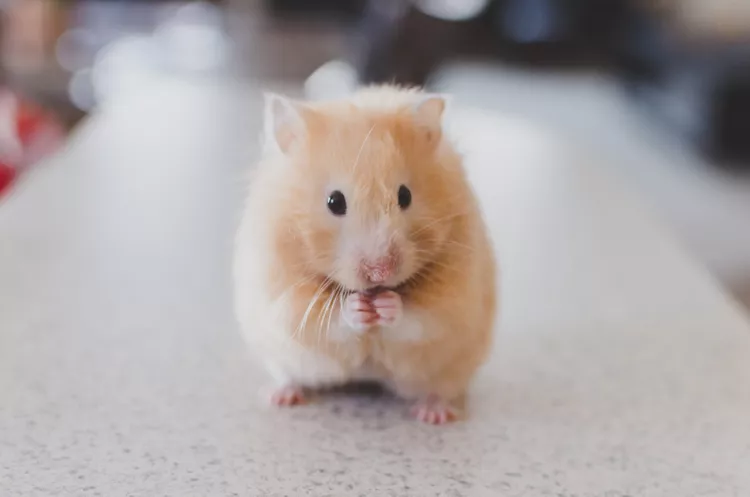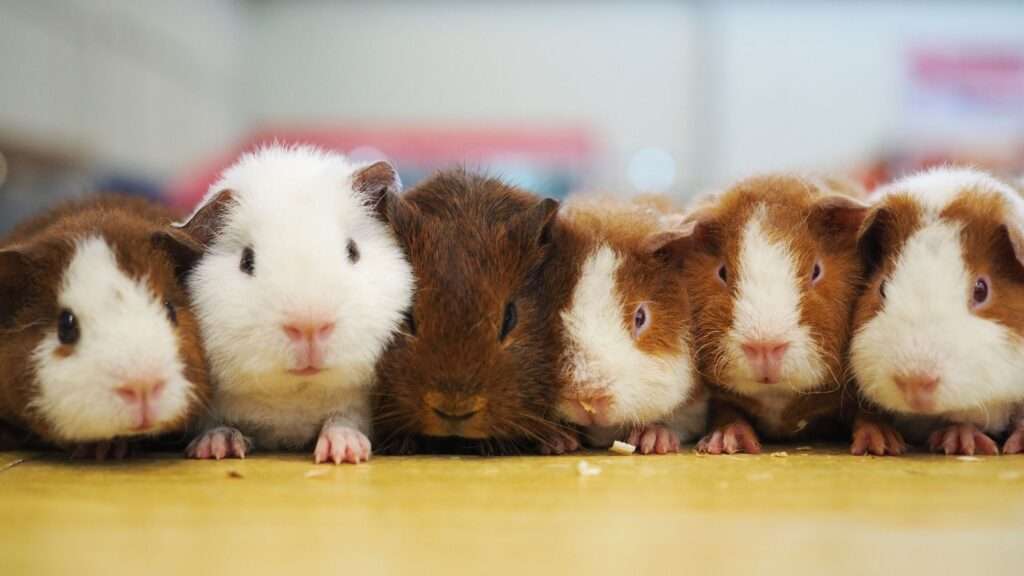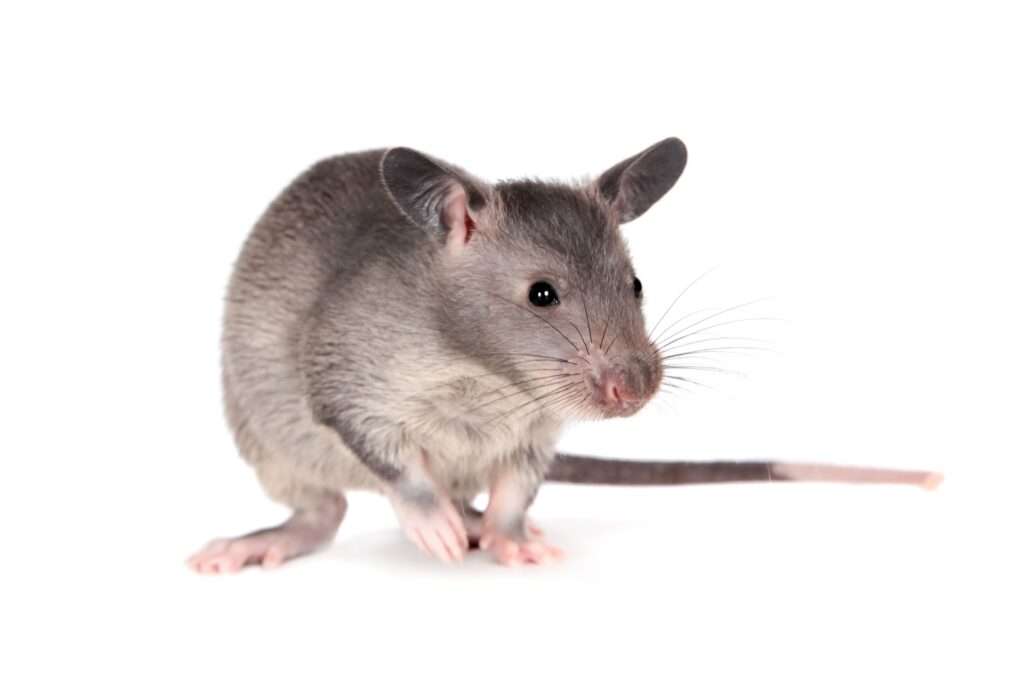
Description
Scientific name: Mesocricetus auratus
Life span: Up to 2- 5 years
Hamsters often have short legs, broad paws, and tiny, fuzzy ears. They are very robust. Their tails are also typically more concise than their bodies. They have long and short, silky and thick fur that varies from species to species. The color of fur is often found in a variety of colors that include honey, black, brown, yellow, gray, white, and red. They have sharp incisors. The top and lower pairs of the incisors of hamsters are sharp and constantly elongate during their lifetimes. Their bones are somewhat brittle despite their high degree of flexibility.
Native Region/Habitat
Hamsters are native to Asia, Syria, Belgium, China, Greece, and Europe. They inhabit dry areas, steppes, and sand dunes.
As Pet

Behavior/Temperament
Hamsters are solitary, diurnal, and somewhat nocturnal animals. Although they cannot climb, they are skilled diggers and may build burrows with one or many entrances, tunnels, and chambers for breeding, storing food, and other purposes. They also use other mammal tunnels to their own ends. In addition to fruit, roots, green plant parts, insects, and other tiny creatures, grains make up the majority of their diet. Hamsters keep food to store in their burrows in their roomy cheek pouches. Hamsters are entertaining pets that make wonderful first pets for kids if you know what they require to stay healthy and content.
Care/Grooming
The hamster is an active animal. They prefer to play and groom themselves. If their cage is suitably filled with toys, bedding, and possibilities for digging and climbing, hamsters are fairly autonomous and capable of keeping themselves occupied for lengthy periods of time. But hamsters need regular touch and interaction to remain content and adjusted. Every week, the hamster’s cage must be completely cleaned.
Table





